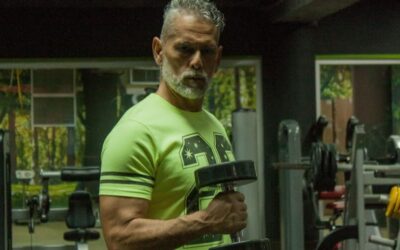Going back to our foundational principles, we can look at the body the same way we look at a house. In the body, just like a house, if the foundation is not solid then the house is likely to crumble. When looking at the trunk we can see that the three different spinal segments (lumbar, thoracic, and cervical spines) sit on top of a large structure that looks a lot like a strong base/foundation. The pelvis acts as a foundational for the spine and allows the spine to sit on a mobile but stable environment.
Here are a few tips for dry-land training when it comes to the pelvis:
- In swimming, there is never a time when the spine is moving and the pelvis is stationary, so make sure the same applies to your dry-land training.
- In swimming, there is never a time when the pelvis is the base of support for the body, so make sure to AVOID seated exercises where the pelvis acts as the base of support.
- The pelvis (just like the rest of the body) moves in 3 dimensions and should be trained in these movements:
- Saggittal plane (tilt forward and backward)
- Frontal plane (tilt side to side)
- Transverse plane (rotate left and rotate right)
- The pelvis acts as a “transitional zone” for force. When training on dry land, focus on transferring force from your arms to your legs and vice-verse in order to train the pelvis correctly.
- As with all dry land training, if the exercise doesn’t look, smell, or feel like swimming then most likely it is not preparing the pelvis for swimming.
If you have any questions regarding the pelvis and how to properly train or rehabilitate the body please contact us at: rise@risephysicaltherapy.com
![pelvis[1] Pelvis](https://www.risephysicaltherapy.com/wp-content/uploads/2023/04/pelvis1.jpg)


